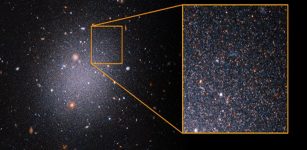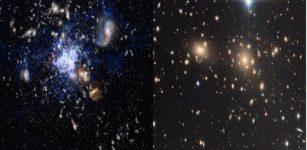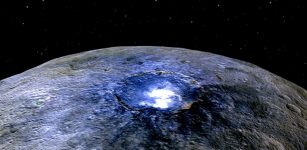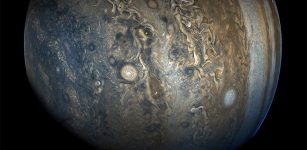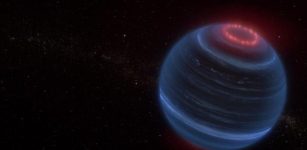Goldilocks: Chances For Life Expand When Passing Stars Push Binaries Together
Eddie Gonzales Jr. – MessageToEagle.com – A new model that looks at how the habitable zone — the region around a star where the temperature allows liquid water to exist — changes around pairs of stars, so-called binary systems, has been developed by undergraduate student Bethany Wootton and Royal Society Dorothy Hodgkin Fellow Dr Richard Parker.
The habitable zone, sometimes called the ‘Goldilocks zone’ as the temperature is not too hot and not too cold, is thought to be essential for the development of life on a planet. If a planet lies outside this zone, then the formation of the complex molecules needed for life is less likely to happen.
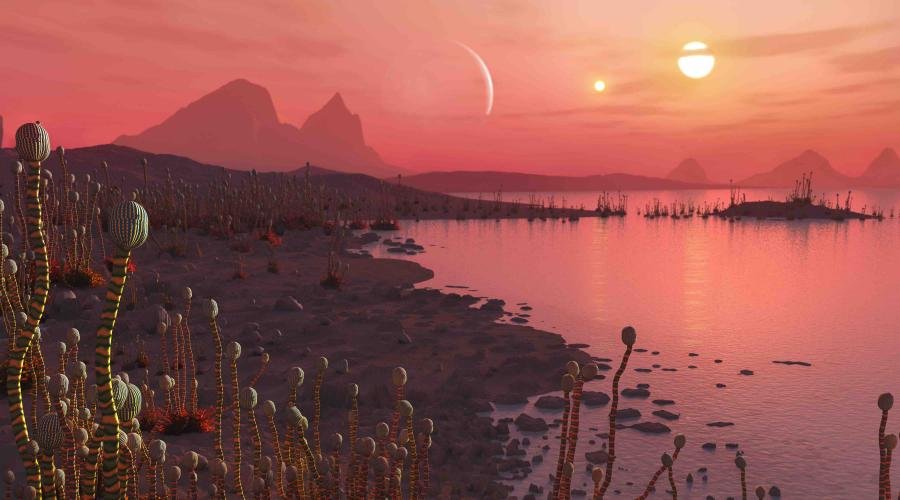
Around one third of stellar systems in our galaxy are thought to be made up of two or more stars, and this fraction is much higher when stars are young. If these stars are a relatively large distance apart, the size of the Goldilocks zone around each star is governed by the radiation from the individual star. If the two stars are closer, the size of the Goldilocks zone increases because each star feels additional warmth from the other and this increases the likelihood of a planet being located in the right place for life to develop.
Wootton and Parker looked at how this changed in stellar nurseries. They used computer simulations to model the interactions between young stars in these clusters, calculating how these encounters affected the binary pairs. In a typical stellar nursery with 350 binaries, the two researchers found that 20 would have their stars squeezed together, and their Goldilocks zones then expanded.
In a few cases, the habitable zones of widely separated stars actually overlapped, further increasing the prospect of any planets in orbit around one or both of the stars being in the right place for life to develop.
“The search for life elsewhere in the universe is one of the most fundamental questions in modern science, and we need every bit of evidence we can find to help answer i,” Wootton said.
“Our model suggests that there are more binary systems where planets sit in Goldilocks zones than we thought, increasing the prospects for life. So those worlds beloved of science fiction writers — where two suns shine in their skies above alien life — look a lot more likely now.”
Written by Eddie Gonzales Jr. – MessageToEagle.com Staff Writer



